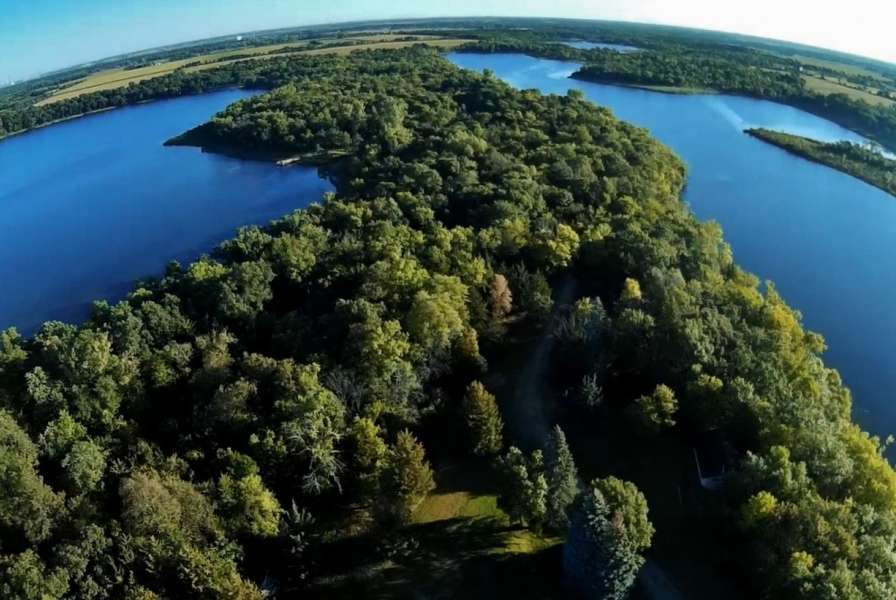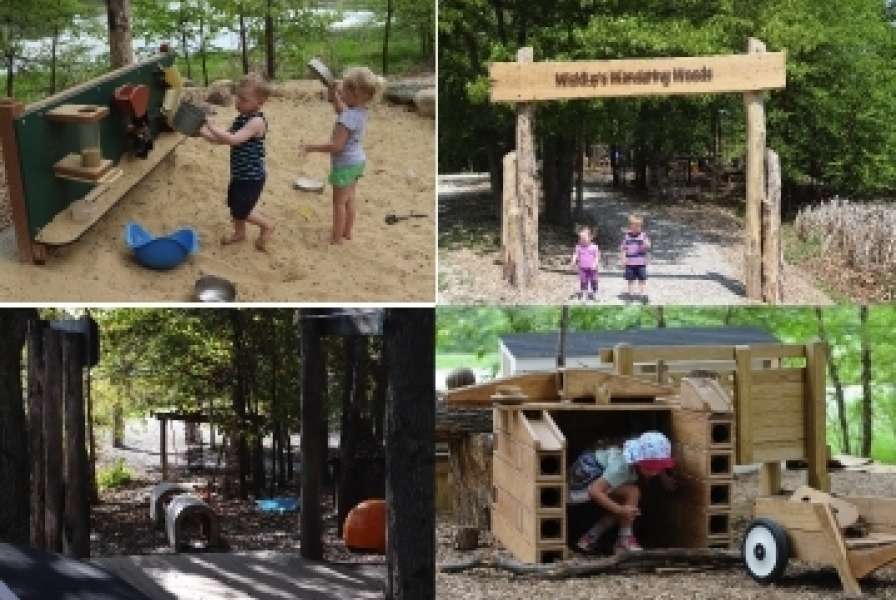When considering LWCF funding, your state is the first place to start. Each year, apportionment of funds to the States is made by the Secretary of the Interior in accordance with the legislative mandate stated in the LWCF Act (54 U.S.C. § 200305(b)), provided Congress or the President doesn’t defer or rescind some portion of the amount. The Secretary will notify each State of its apportionment, and payments for all projects are made to the state agency that is authorized to accept and administer the state funds paid for approved projects.
In layman' terms, your state is the eligible applicant and receives the funds for your project. Local governments within the states participate as “subrecipients” with the state retaining primary grant compliance responsibility. In order to manage the process, each state goes through several steps, outlined below:
Governor Designates a State Liaison Officer
To be eligible for assistance under the LWCF Act, the governor of each State shall designate in writing a State official to serve as its State Liaison Officer (SLO). The SLO has authority to accept and administer funds for purposes of the LWCF Program in his/her State and to perform other functions set forth. This includes:
- Implementation of an ongoing State Comprehensive Outdoor Recreation Plan (SCORP) planning process
- Evaluation and selection of projects in accordance with an Open Project Selection Process (OPSP)
- Assuring compliance of projects using the requirements found in the LWCF Manual
- Submission of applications and amendments
- Financial management of apportionments
- Individual grant awards
- Inspection of project sites to ensure proper completion
- Operations, maintenance, and stewardship of LWCF-assisted areas, and
- Other functions necessary for proper program administration and management.
State Prepares the SCORP
To be eligible for LWCF assistance for acquisition and development/redevelopment grants, each State shall prepare a SCORP and update it at least once every five years. A SCORP evaluates the demand and supply of public outdoor recreation resources throughout a State; identifies priorities for acquiring, developing, and protecting all types of outdoor recreation resources; and assures ongoing opportunities for local units of government and private citizens to take part in the Statewide outdoor recreation plan. Planning grants and technical assistance are available through the LWCF program to help the States develop and update their SCORP planning process.
State Develops an Open Project Selection Process
Each State shall develop an Open Project Selection Process (OPSP) that provides objective criteria and standards for grant selection explicitly based on each State’s priority needs for the acquisition and development/ redevelopment of outdoor recreation resources as identified in the SCORP. The OPSP is the connection between the SCORP and the use of LWCF grants to assist State efforts in meeting high priority outdoor recreation resource needs.
About Apportionment of Funds
Apportionment of funds to the States does not confer absolute entitlement to such funds. The apportionment is evidence of a commitment by the NPS to withhold from other uses a specified amount for a State for a given period of time. To receive apportioned funds, the States must (a) prepare and maintain a SCORP that has been found by the NPS to be adequate for the purposes of the Act; (b) submit and receive approval of projects requiring the use of apportioned funds; and (c) request the NPS to obligate apportioned funds for use on approved projects.
The NPS will periodically notify each State of the status of each fiscal year’s apportionment. This financial report shall include for each fiscal year: the total amount of current apportionments (including adjustments), the total obligations, and the total expenditures. The report will also notify the State of the balance remaining available in each apportionment. The State is expected to maintain its own accounting records on the status of apportionments. The funds apportioned to a State will remain available for obligation during the fiscal year that notification is given and for two fiscal years thereafter. In accordance with 54 U.S.C. 200305(b)(4), any portion of an apportionment that remains unobligated at the expiration of this three-year period is lost to the State and shall be reapportioned by the Secretary in accordance with 54 U.S.C. 200305(b)(2), without regard to the ten percent limitation to an individual State specified in this subsection.









